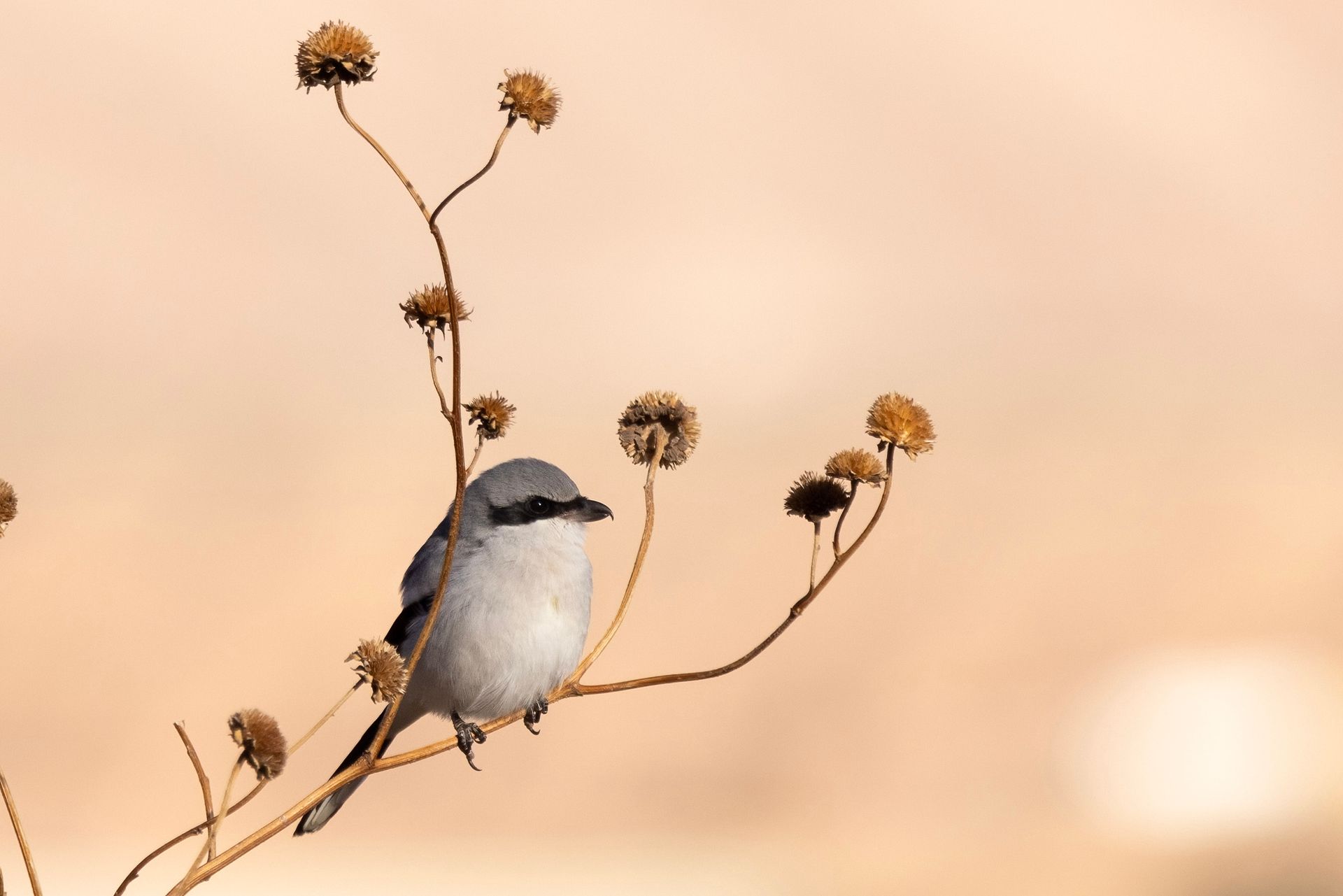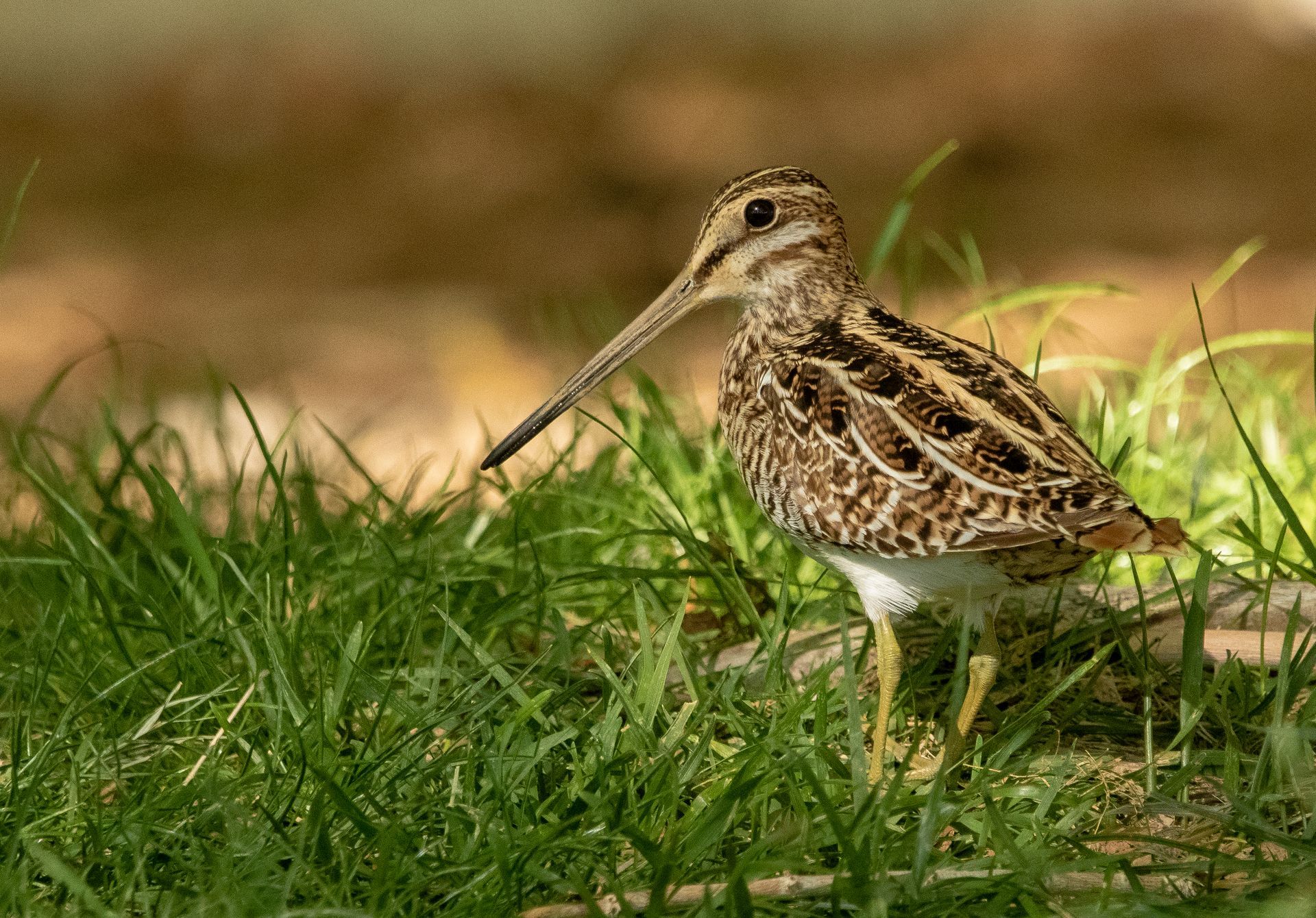February Birding Forecast

By Alex Harper
Neither in the depths of winter anymore and too early for the rush of spring, February is a month that may feel more stagnant than January or March. The increasing daylight triggers hormone production that may prepare some birds for breeding or migratory behavior. The behavior changes in birds may be obvious when observing some species, but not observable in others. There are indeed some birds on the move in February, and they are the harbingers of an incoming spring.
For our local breeding birds, many will be engaging in territorial behavior or “tuning up” their songs. Residential birds at low elevations, such as in the Las Vegas area, will be most obvious. You’ll notice doves, hummingbirds and mockingbirds chasing each other around or displaying. You may even catch hummingbirds in the act of collecting nest materials; spider webs are amongst some of their favorite materials. The songs of House Finches may be heard on almost every city block in town.
At local parks such as Sunset Park, the Henderson Bird Viewing Preserve, and Pittman Wash, you may hear the harsh song of the Black-tailed Gnatcatcher, a rambling Crissal Thrasher, or the hurried and stuttering song of the Abert’s Towhee. Since these resident birds are nonmigratory and are already in the area that they will attempt to breed, they can begin breeding activities now. For many of the migratory species, they are on a different schedule.
At our parks with water and our reservoirs, we could still see influxes of winter-driven waterfowl, especially in diving ducks like goldeneyes, Red-breasted and Common Mergansers. Cooler temperatures to the north or farther inland can freeze ponds over, which directly affects the ability for waterfowl to forage for food. Diving waterfowl are impacted by any freezes, and they’ll move around throughout February when necessary.
February is another great gull-watching month. Virtually any species can show up at Lake Mead during February.
Some migratory birds are on the way from south of the border. Fast-flying swallows are amongst the first to arrive, and they’ll trickle into wetlands such as Clark County Wetlands Park and the Henderson Bird Viewing Preserve. Migratory Northern Rough-winged Swallows will join the small winter flocks at the bird preserve, as will Tree Swallows, followed by a few Barns and Violet-greens. Visit the Henderson Bird Viewing Preserve towards the end of February, and you’ll notice the slow accumulation of swallows.
Once the trees begin to produce new leaves again, insect and bird activity will escalate. From March to May, surges of spring-related activities such as singing, nest-building, and migration will be in full motion.
RECENT ARTICLES



